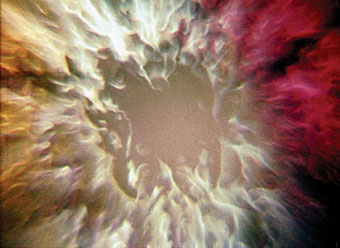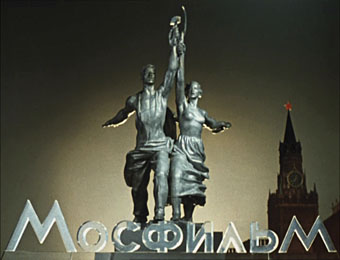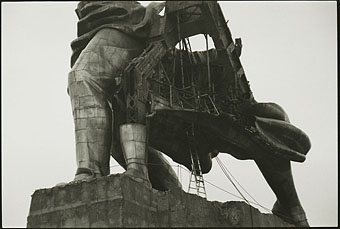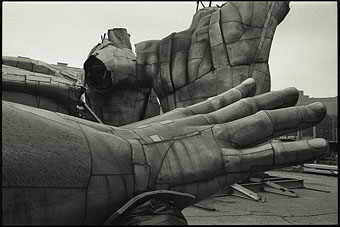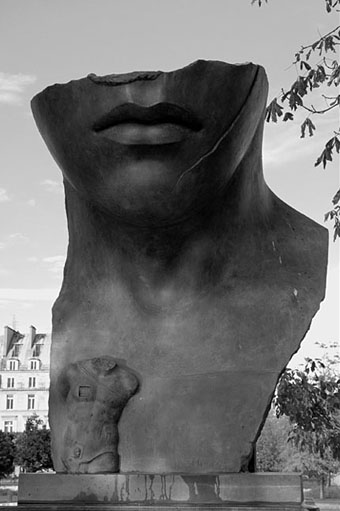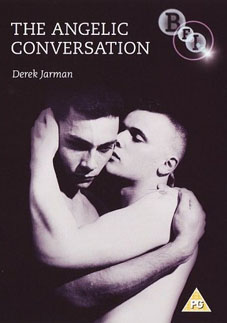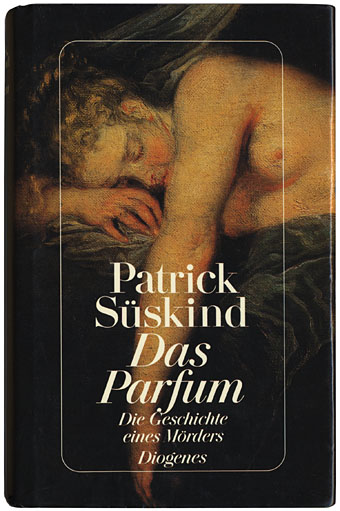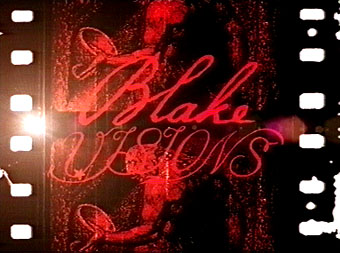Samadhi (1967).
“Jordan Belson is one of the greatest artists of visual music. Belson creates lush vibrant experiences of exquisite color and dynamic abstract phenomena evoking sacred celestial experiences.” William Moritz
Good things come to those who wait. Following their collection of Oskar Fischinger films, the Center for Visual Music releases Jordan Belson: 5 Essential Films in March. Fischinger worked on Fantasia and Belson also exerted some small influence on Hollywood with the special sequences he created for Donald Cammell’s Demon Seed (imaginings of the film’s Proteus computer) and Philip Kaufman’s The Right Stuff (the vortex seen by Sam Shephard at the edge of the stratosphere). You can read more about Belson’s work in Expanded Cinema by Gene Youngblood, an essential guide to film outside the narrative mainstream.
Elsewhere on { feuilleton }
• The abstract cinema archive

